The evolution of human language has long been framed as a defining feature that separates Homo sapiens from the rest of the animal kingdom. But new research suggests that one of language’s key properties—the ability to combine smaller meaningful units into larger, structured expressions—may have much deeper evolutionary roots. A study published in Science1 by researchers from the University of Zurich and Harvard University finds that bonobos (Pan paniscus), one of our closest living relatives, systematically combine calls in ways that mirror aspects of human compositionality.

This discovery challenges long-standing assumptions about language as a uniquely human trait and raises new questions about the cognitive abilities of non-human primates.
Bonobos and the Building Blocks of Language
Compositionality is a core feature of human language. It allows us to construct complex meanings by arranging words in structured sequences—whether forming simple descriptive phrases like tall tree or modifying meaning in more abstract ways, as in bad dancer, where bad doesn’t stand alone but alters the meaning of dancer.
The new study shows that bonobos also engage in this kind of structured vocal communication. Researchers spent months in the Kokolopori Bonobo Reserve in the Democratic Republic of the Congo, observing wild bonobos and recording their vocalizations. By applying techniques from linguistics, they identified distinct calls that carried consistent meanings—essentially creating a bonobo "dictionary."
"This represents an important step toward decoding animal communication," said Mélissa Berthet, a postdoctoral researcher at the University of Zurich and lead author of the study. "It’s the first time we’ve systematically determined the meaning of calls across the entire vocal repertoire of a primate species."
Breaking the Code: How Bonobos Construct Meaning
Once the meanings of individual calls were identified, researchers analyzed how bonobos combined these calls and what new meanings emerged. The results were striking: bonobos systematically formed call combinations where the meaning of the whole was related to—but not simply the sum of—the individual parts.
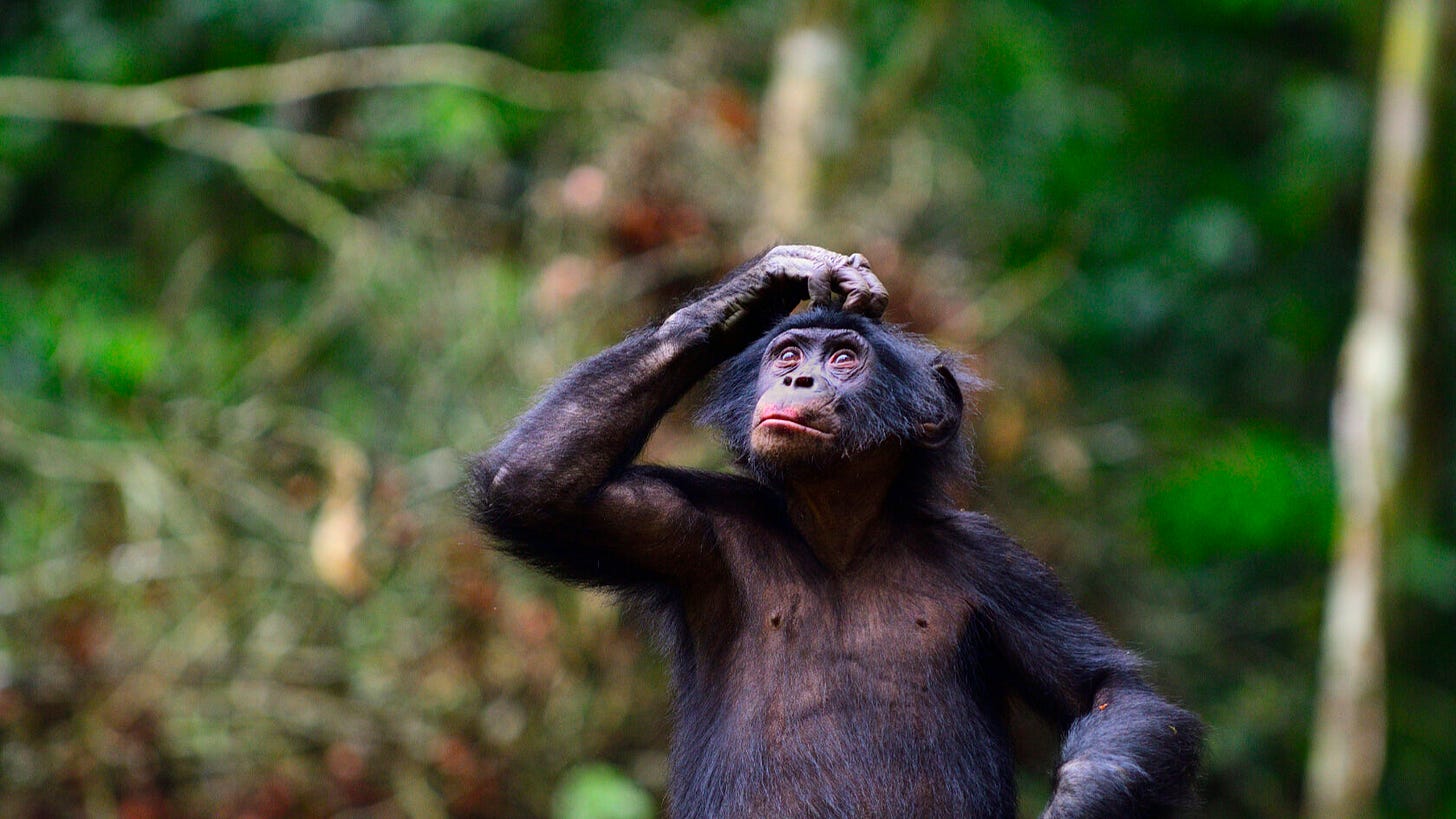
"We found numerous call combinations where meaning was modified in a way that parallels how humans construct phrases," said Simon Townsend, a professor at the University of Zurich and senior author of the study. "Some of these combinations even resemble the more complex structures seen in human language."
This suggests that at least some aspects of linguistic composition existed before the emergence of fully developed human language, raising the possibility that our last common ancestor with bonobos and chimpanzees—dating back 7 to 13 million years—may have also used similar vocal strategies.
A Shared Evolutionary Trait?
If bonobos possess this ability, how far back does it go? Does this capacity exist in other primates, or is it unique to the Pan lineage? The study hints that the roots of human compositional language might stretch far deeper in evolutionary history than previously assumed.
"Since humans and bonobos shared a common ancestor, it’s likely that compositionality isn’t something humans invented, but something we inherited," said Martin Surbeck, a professor at Harvard and co-author of the study.
This challenges a long-held notion that non-human primates produce only fixed, non-combinatorial vocalizations. Instead, bonobos appear to possess a flexible system of communication that allows them to construct novel meanings through structured call combinations.
What This Means for Understanding Language Evolution
The study raises compelling questions about the cognitive and neurological foundations of language. If bonobos can combine calls in meaningful ways, does this suggest a deeper continuity in primate brain function? Could this ability be linked to the way early hominins structured their own vocal communication before the emergence of full linguistic complexity?
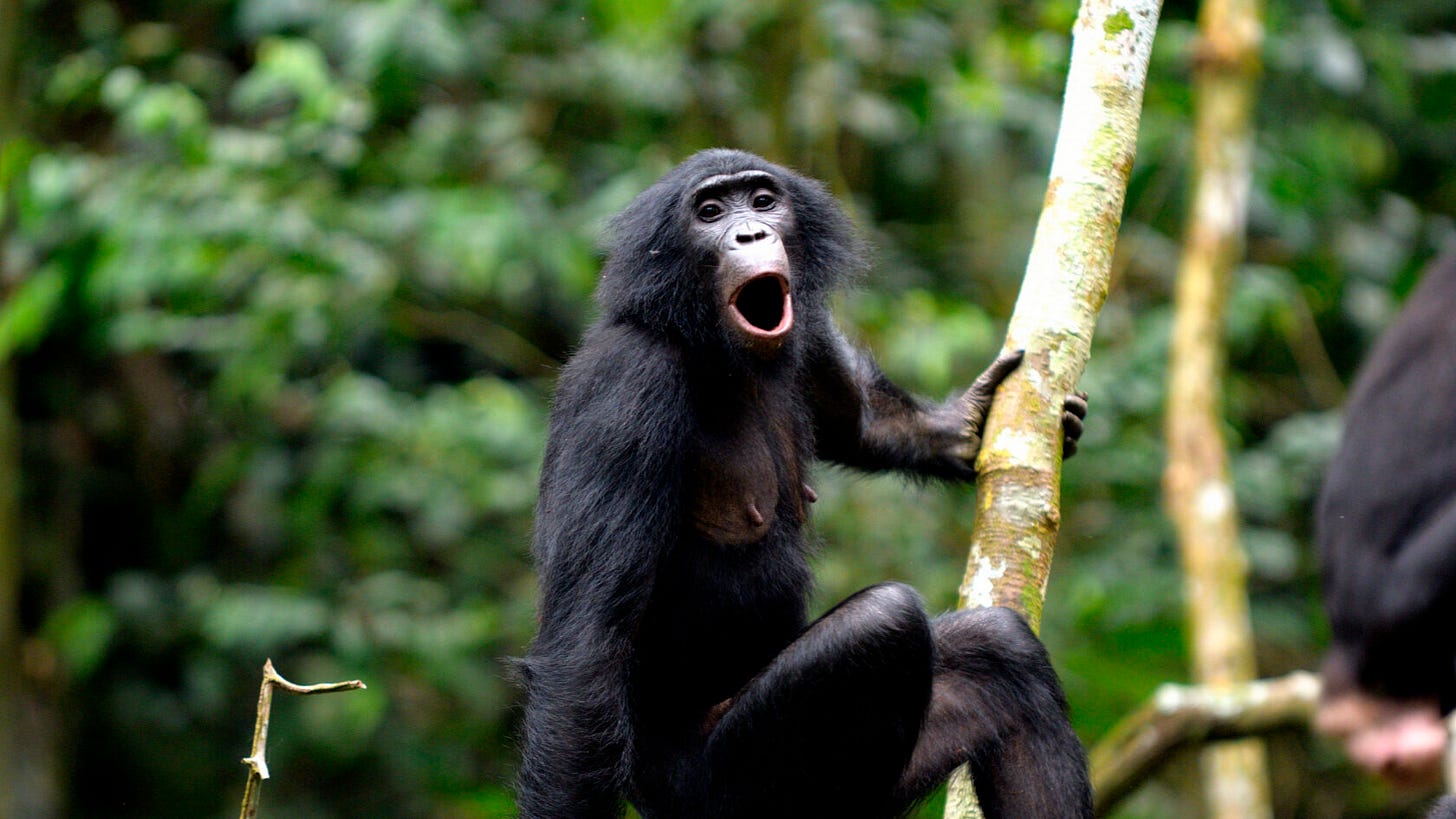
Future research will likely explore whether other great apes, including chimpanzees, share similar abilities and whether different populations of bonobos exhibit variations in compositional call use—potentially hinting at dialect-like structures.
"Our findings suggest that compositionality is an ancient trait, and that human language may have evolved from more flexible primate communication systems rather than appearing suddenly as a unique invention," said Townsend.
Conclusion
The discovery that bonobos construct meaningful vocal combinations adds a new dimension to our understanding of the origins of language. It underscores the idea that the foundations of linguistic structure may not be unique to humans, but part of a broader evolutionary heritage.
As researchers continue to decode the complexities of animal communication, these findings challenge us to reconsider what truly sets human language apart—and how much of it we share with our closest evolutionary relatives.
Additional Related Research
Genty, E., Breuer, T., Hobaiter, C., & Byrne, R. W. (2020). Bonobo communication: Evidence for intentionality and flexibility in gestural signaling. Proceedings of the Royal Society B: Biological Sciences, 287(1925), 20200523. https://doi.org/10.1098/rspb.2020.0523
Girard-Buttoz, C., Zaccarella, E., Bortolato, T., et al. (2022). A structured sequence of gestures in chimpanzee communication suggests syntax-like organization. Nature Communications, 13, 7718. https://doi.org/10.1038/s41467-022-35309-1
Seyfarth, R. M., & Cheney, D. L. (2018). The origin of meaning in animal signals. Animal Behaviour, 156, 145–152. https://doi.org/10.1016/j.anbehav.2019.02.010
Lameira, A. R., & Wich, S. A. (2018). Orangutan vocal communication and the origins of spoken language. Behavioral Ecology and Sociobiology, 72, 18. https://doi.org/10.1007/s00265-018-2433-x
M. Berthet, Extensive compositionality in the vocal system of bonobos, Science (2025). DOI: 10.1126/science.adv1170. www.science.org/doi/10.1126/science.adv1170

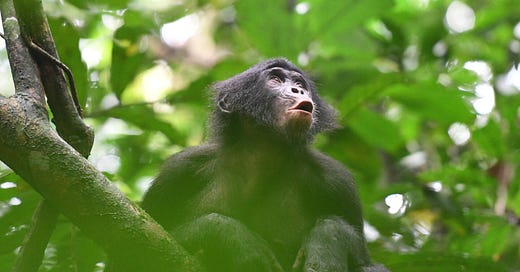


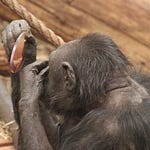


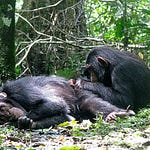

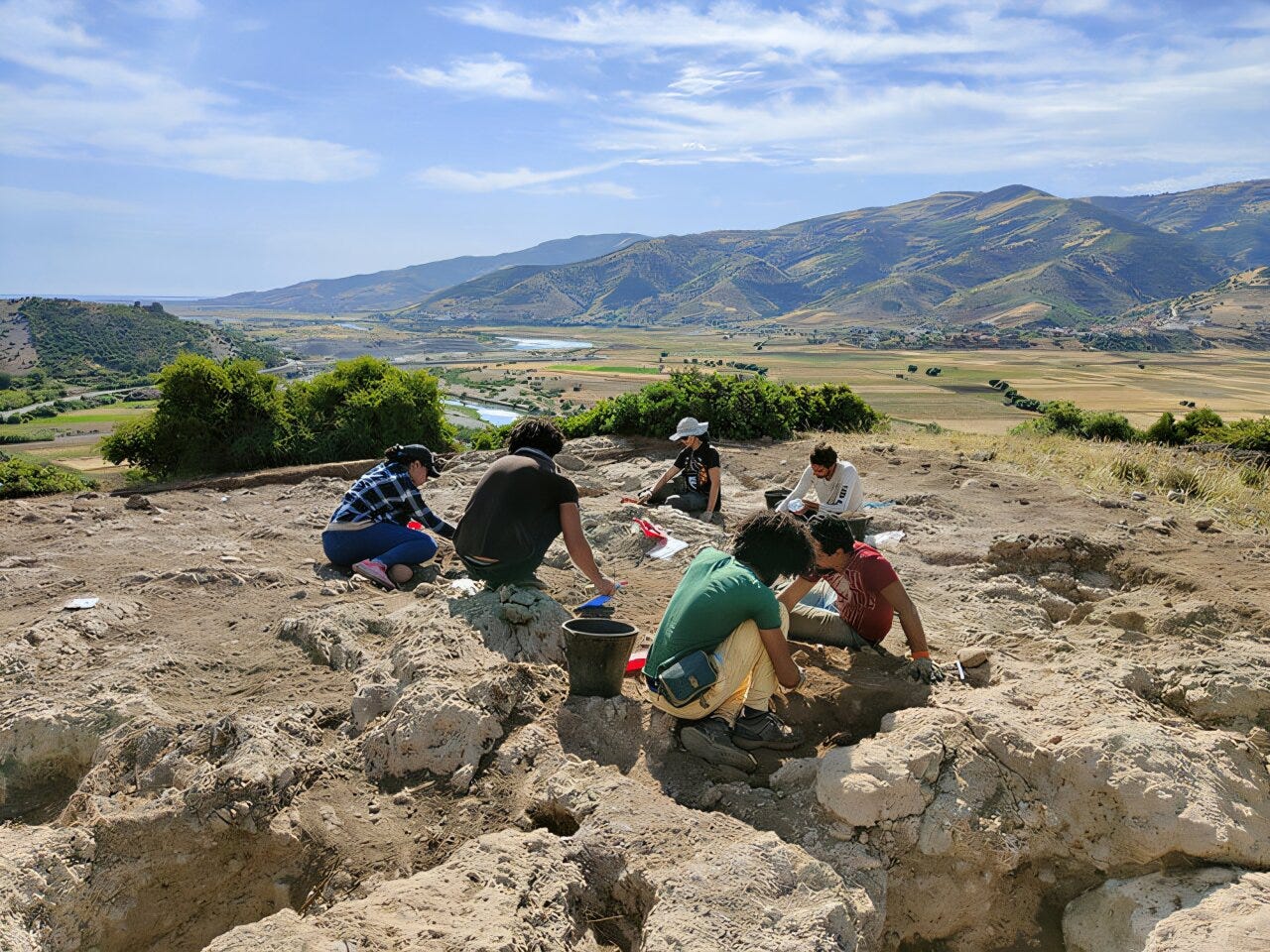
Share this post